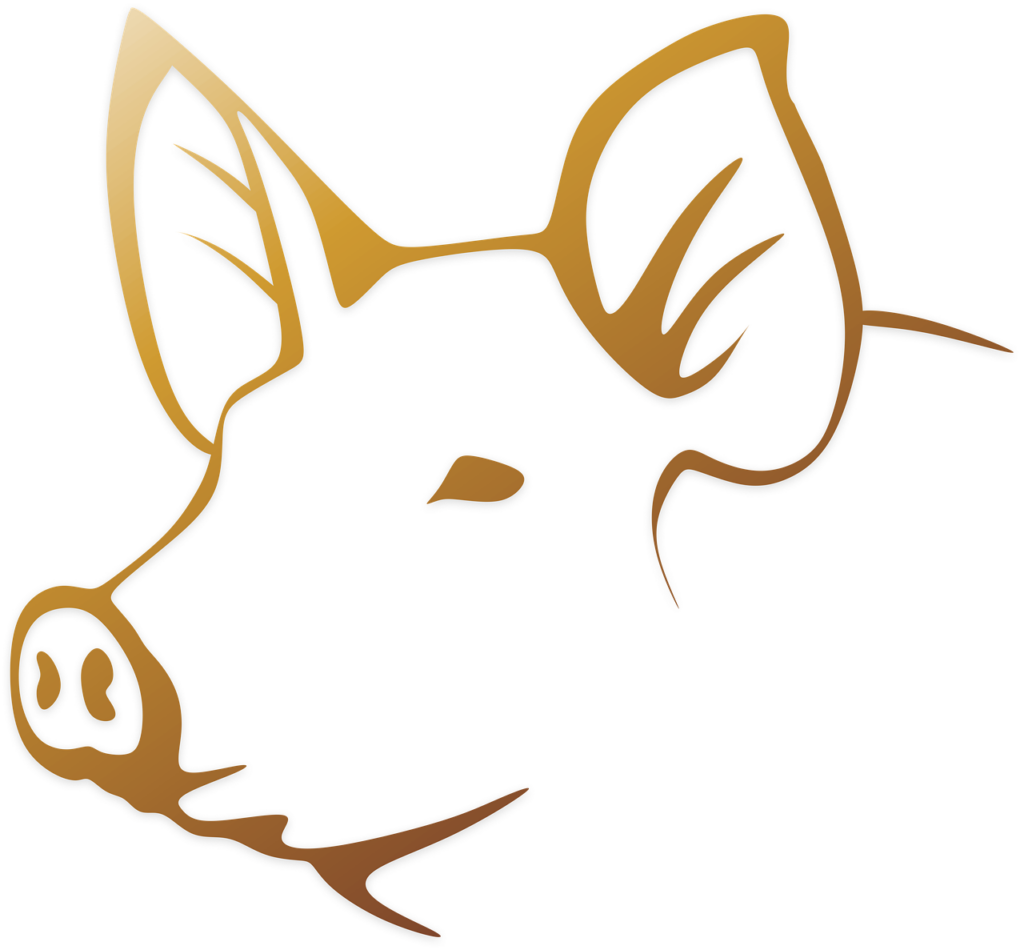Ensuring Pork Safety: USDA/FSIS Guidelines Our commitment to your pet’s health begins with ensuring the safety of the raw pork we source. To achieve this, our suppliers adhere to stringent USDA/FSIS guidelines. These guidelines dictate the freezing process necessary to eliminate parasites like Trichinella from raw pork. Here’s a breakdown:
-
- Freezing effectively kills Trichinella spiralis larvae in pork. The thickness of the pork determines the duration and temperature required for safe freezing:
- Pork less than 6 inches thick can be made safe by freezing to minus 20 degrees F for 6 days, -10 degrees F for 10 days, or 5 degrees F for 20 days.
- Before reaching our facilities, we ensure documentation verifying that the freezing process aligns with one of the above scenarios.
Progress in Pork Safety Trichinella’s prevalence in the pork industry has significantly declined over the years, thanks to improved regulations and practices. Historically, the parasite posed a greater risk due to inadequate feeding practices in the industry. However, regulatory measures implemented by the USDA have led to a remarkable decrease in reported trichinellosis cases. According to the CDC, the number of reported cases has dwindled, highlighting the positive impact of improved pig-raising practices and heightened public awareness.
Mitigating Risks in Raw Feeding While discussing risks associated with pork consumption, it’s essential to acknowledge that the overall risk from pork is comparable to that of other livestock animals. However, the key lies in the ethical and sustainable practices employed in animal husbandry. We firmly believe that healthy, well-raised animals produce wholesome meat.
Our Commitment to Quality At our facility, we prioritize sourcing proteins from farms dedicated to ethical and humane practices. Here’s how we ensure the highest standards:
-
- Only animals that have never received antibiotics or hormones are used.
- Animals are raised in pastured environments, minimizing stress and promoting natural behaviors.
- We employ anti-pathogenic processing techniques during manufacture, including the addition of fermented ingredients and deep freezing.
Pork’s Nutritional Profile Beyond safety, pork offers a plethora of nutritional benefits for your furry friend:
-
- High mineral content, including phosphorus, selenium, sodium, zinc, potassium, and copper.
- Good quantities of iron, magnesium, and vitamin D.
- Neutral or cooling properties recommended in traditional Chinese medicine.
- Porcine insulin and pancreatic supplements are utilized for dogs due to their similarity in amino acid profile.
Conclusion: Pork as a Valuable Protein Source In conclusion, pork, when sourced responsibly and processed with care, is a valuable protein source for your dog’s raw feeding regimen. Its nutritional richness and compatibility with canine physiology make it an excellent choice, especially for dogs with specific dietary requirements or sensitivities.
We hope this discussion has provided valuable insights into the safety and nutritional aspects of incorporating pork into your dog’s diet. Should you have any further questions or concerns, please don’t hesitate to reach out. Thank you for entrusting us to provide wholesome nutrition for your beloved pet!
